Workflow Analysis | A Step-by-Step Guide to Fix Flaws in Workflow
Practical workflow analysis can steadfast your business growth. Read the blog to know more about the steps to analyze workflows on your own.
The main aim of an organization is to achieve productivity and efficiency. But what if the workflow you created for your business process is not giving you desired results. What if you are automating your workflows and still you are facing performance issues amongst your team members. Who are you going to blame, and how will you improve if you are not having tangible evidence of what went wrong? What did you miss in the whole process? Think more in-depth, and you will surely get the answer.
It is workflow analysis. Yes, you need to analyze the workflow results. The primary purpose is to improve the efficiency of business operations.
What does workflow analysis identify?
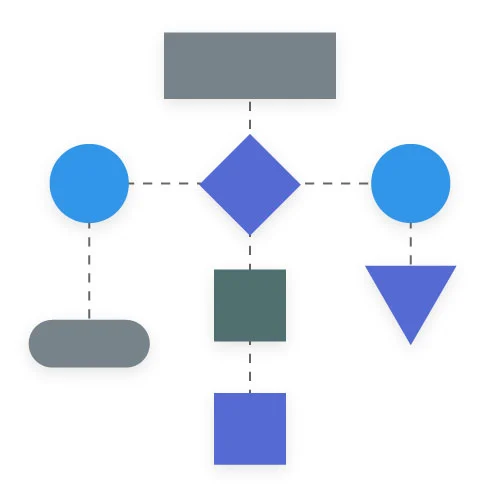
- Workflow analysis recognizes the inessential tasks and how to improve the processes over there.
- It highlights the stagnant points in your workflow, such as the inefficient workplace layouts.
What areas you can improve :
- When you improve your workflows, you can utilize your resources more diligently, specifically the tasks and processes where we need to handle the work to the other team. We usually face bottlenecks in such scenarios -where we have to receive tasks from the other teams.
- Another bottleneck you usually face is when workers perform unnecessary tasks typically in the processes which take multiple steps to complete.
What is workflow analysis?
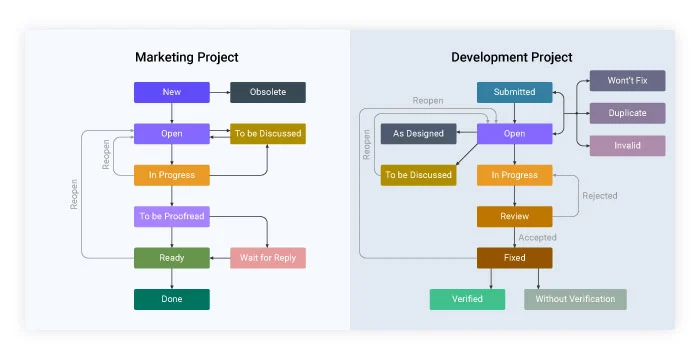
An organization creates a workflow to achieve the processes which are usually repetitive. It is not restricted to merely a one-time action, but its primary focus is on creating a sequence of steps for a specific process that you perform regularly.
Analysts represent workflows in a graphical form. The workflow diagrams play an important role in viewing business processes more efficiently. At the same time, it becomes much more conducive to analyze and improve the workflow.
Note: A workflow management software creates the workflow diagrams based on user inputs. The software also helps in tracking your entire workflow right from the beginning till the end.
How can workflow analysis help you?
See below some of the fast pace benefits of workflow analysis :
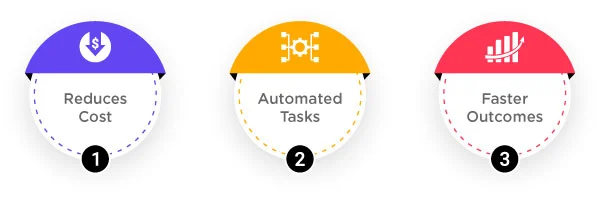
1. Reduces cost: Analyzing a workflow not only makes your business processes smarter but also reduces a lot of your expenses if any organization performs the same tasks again and again.
2. Automated tasks: Your not so essential tasks which you usually automate can otherwise take a toll on your budget.
For example: Preparing a report takes a lot of your time, and still, no one reads it. But even an organization generates it. You can simply automate it and save your time.
3. Faster outcomes: If you remove the bottlenecks from your workflow, you will get an efficient workflow. Also, that means you will achieve more significant consequences. It will, in turn, motivate the staff members to enhance their performance. Similarly, a great workflow will also help your remote working employees to attain effective workflow results.
Why does an organization need workflow analysis?
Everything is evolving and revolutionizing at a higher pace, whether it is the needs of your employees, whether its technological evolution and market scenarios. The hard reality is you need to face all of this and keep up a pace with the internal and external advancements.
Workflow analysis helps you achieve all your determined goals –
- Efficiency in business processes.
- The satisfaction of customers.
- Engagement and involvement of employees.
- Regulatory compliance.
By now, you must be clear of what workflow analysis is and what all can you achieve through it.
The next dilemma that arises in your organization is – how to begin with the analysis of workflow.
Below are some great tips :
1. Focus on Core tasks:
The very first tip to begin with the analysis is to focus on the tasks which generate revenues for your business. You can call them core tasks. You can analyze the support functions afterward.
2. Task prioritization:
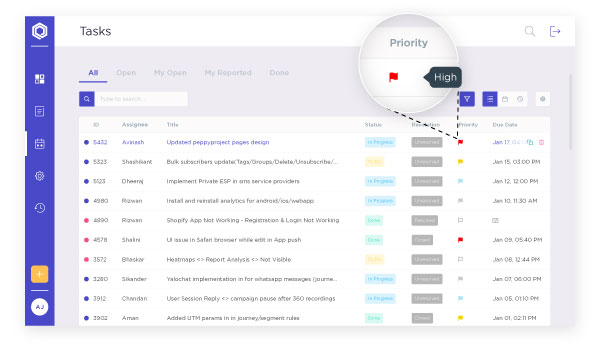
You can prioritize the tasks as per your business requirements, and in the likewise order, you can perform the analysis.
3. Ask yourself questions:

A better way to do the analysis is to ask yourself specific important questions while prioritizing the tasks.
- Ask yourself “what do we do”. It includes evaluating the core tasks of your organization which helps in generating revenues. The best example of it is. First, you produce something and then go after its sales.
- The next question that arises is, how do we do it. The answer is quite simple – take a look at every step in your workflow. This step is quite vital and essential in the analysis process because the whole process revolves around it.
- The next step in the line-up process is why do we do it?- Here you have to determine what actions are adding value to your business or whatnot. You must delete the unnecessary steps which could be wasting your valuable time.
- Measures, such as keeping and creating records, this step usually doesn’t direct you to the business revenues. So, you can skip it.
- The final and most crucial step is to enquire what does each department does?
Generally, a project in an organization is divided amongst different departments. It requires allotting the tasks amongst various departments.
For example, – say, if a customer has placed a product order. The sales representative must take the order and send the request to the warehouse. Warehouse performs its work and packs the order further for shipping. The shipping department then ships it to the customer. Therefore the internal accountability amongst the department is quite evident to complete a process.
How can you do your workflow analysis?
You must have already read the essential tips, to begin with, the workflow analysis.
Below are the steps to do workflow analysis :
1. Know which step takes a longer time: Collect the hard data of your organization. i.e. take out the reports of your workflow and examine them.
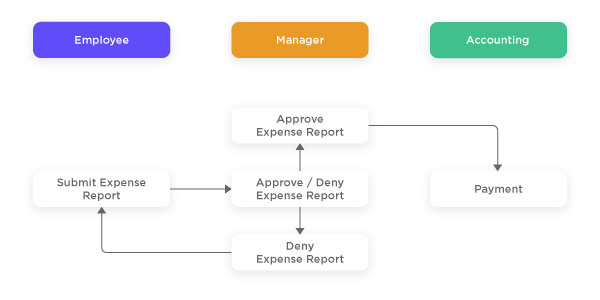
Below is the data list, have a look at them :
- Access the number of items in your taken workflow.
- See the number of completed items
- See the number of rejected items
- Evaluate the time you have decided to complete a task.
- Count the number of times a task is rejected or asked to perform it again.
- Analyze the times an item in your task requires more clarity.
Let’s take an example – Take the example of your expense report workflow. Understanding how to make an expense report is crucial, as it directly impacts your revenue generation and helps maintain your budget. See your last month’s expense reports and watch out how many were rejected and approved. The expense report workflow involves four steps: It includes the initiator, the approval of the manager, approval of the department head, and final processing.
Now evaluate the time taken in each of the steps. Suppose some take a day and specific tasks need more than a week – for example, the manager’s approval might take a lot of time, and after accessing everything, you found out that there are still many tasks pending.
Note: You can use workflow analysis tools to extract all the information.
2. Ask teams about their issues: Analysis is not all about collecting data or counting on facts and figures. You have to take care of your teams as well, whether they are receiving enough data to proceed in with the process.
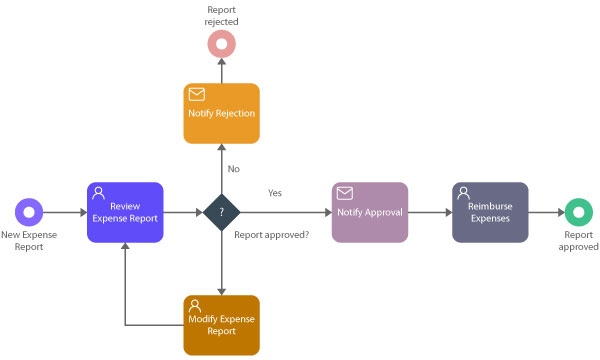
For example – Let’s continue with the above example of expense report workflow. It is quite evident that your sales team is more or less accountable for the submission of expense reports. You can begin the analysis by asking them their viewpoints on workflow. Such as are they satisfied with the form, do they have any issues with submitting their requests or are their reimbursements getting a nod timely.
Take feedback from the other departments and evaluate whether they have enough data to approve the requests or not. Whether they are getting responses from other departments on time or not. It will help you extract the loopholes of the workflow.
3. Check out the real purpose of workflow: The most important thing to note is to define the use of the workflow. Once you know it, you can chuck out the flaws and imperfections immediately. The goal of specific workflows is to reduce the errors while others are purposely to speed up your process.
We saw in the above example that the sales team was not getting enough data. The actual loophole was not insufficient data, but it was in the workflow itself. The sales manager is sending mail to the person rather than returning them to the items.
You can simply implement changes in your workflow. Either you can add a new parameter or add a necessary field in the workflow form.
4. Put the changes on board: Once you know the changes, it’s time to implement them. Remember to notify all the stakeholders about the changes and inform them about how they have to handle the items when the changes follow.
CONCLUSION
Workflow analysis is not merely about identifying and implementing the changes. It is also necessary to watch out the productive results of those changes and see whether the results are adding any growth to the business. Use a good analysis tool that will render you sufficient data about the smooth functioning of your processes. Also, tools will tell you where you need to work more. Thereby you can further implement changes and reduce your costs.



